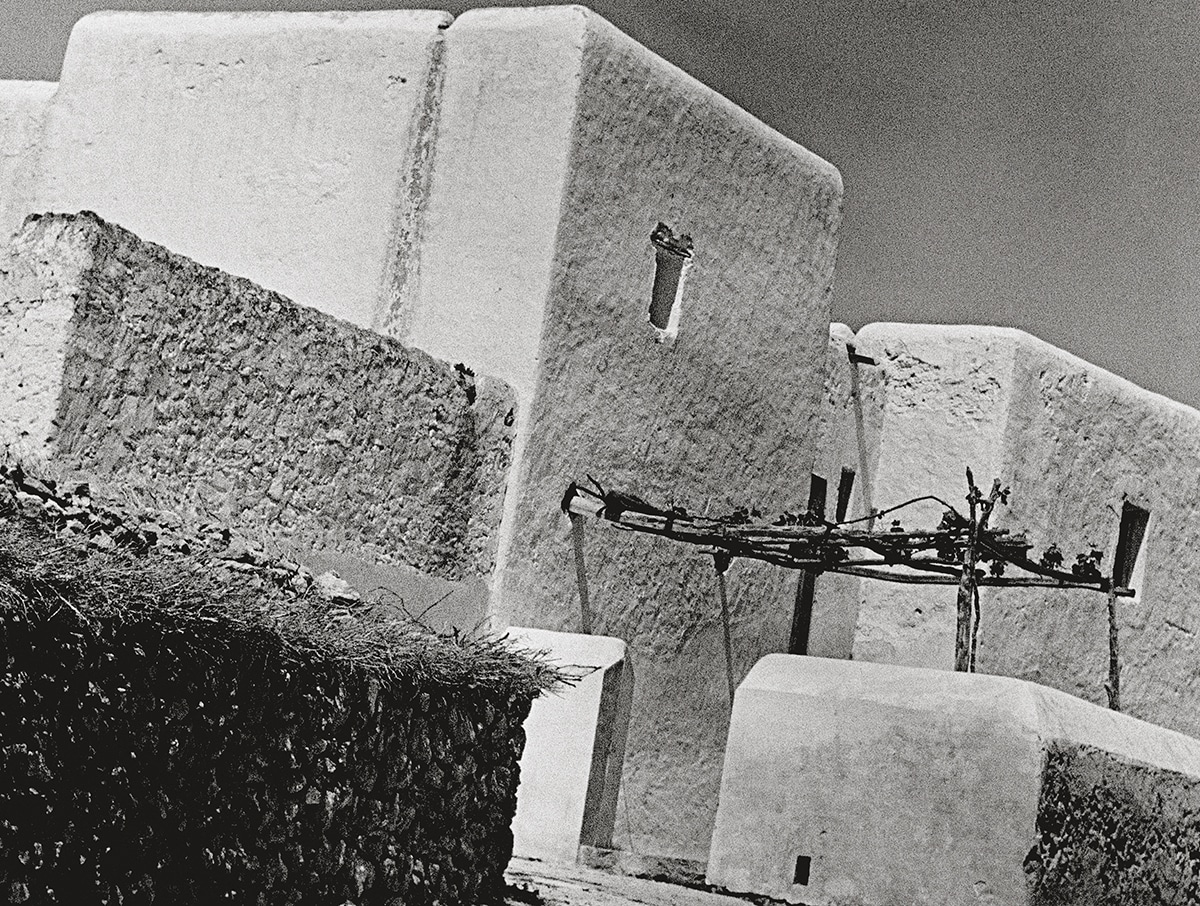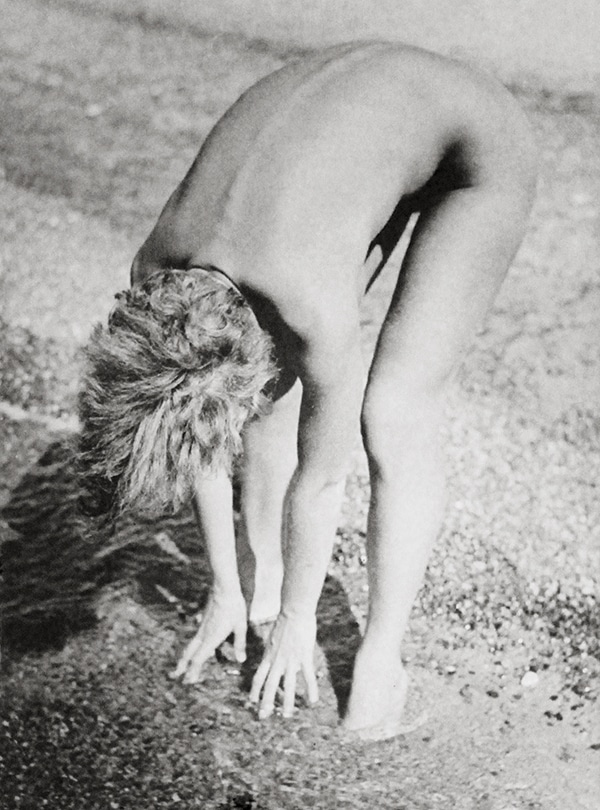
Archive magazine (2009 – 2021)
Jean-François Chevrier : “Raoul Hausmann, Returns and Relevance”
There was a ten-year period when Raoul Hausmann devoted most of his work to photography. His (main) corpus in this medium divides clearly into two phases: the German period, from 1927 to 1933, and the Ibiza period. But his artistic biography covers a set of activities that extends well beyond the photographic output of those ten years. The question is, did he think of himself as a photographer? We might also ask, as Cécile Bargues does, how he lived – or, rather, after 1933, survived.

Indeed, had he stayed in Germany, he would probably not have survived. His great photographic period, 1927–1936, came to an end when he was forced to leave Ibiza. But he has also survived obscurity, being forgotten. In fact, Hausmann’s first comeback was a posthumous one. When he died, in 1971, in the refuge he had found for himself in Limoges, France, after being forced to leave Ibiza, he was still forgotten. A few old friends remembered him, but it was only with the rediscovery of Dada in Germany and the United States during the 1950s that he was able – albeit from a distance – to remind contemporaries of his existence.
The death of Moholy-Nagy meant that he was not able to go and work in the United States. He would have taught. But I find it hard to see how he could have fitted into the photography milieu and comply with the discipline of illustration. In Limoges, or from the base that was Limoges, he did try to adapt to the aesthetic of so-called “creative” photography – that is, to what, in the 1950s, was the label for auteur photography, the proponents of which generally made a living from illustration. He took part in an exhibition organised in Germany by Otto Steinert. In Limoges itself, he tried to adapt his early researches to make them accessible to the members of a photography club.
Hausmann may have become a photographer in 1927 but he had never seriously tried to turn this into a job: that would have required an opportunism for which he manifestly had little inclination. Like other artists, he had taken an interest in photography because it was part of a redeployment of artistic culture, what today we would call a “transversal” approach. However, from 1927 to 1936 he did take a very serious interest in the medium, and found a way of devoting himself to it.
A short autobiographical reminder. In the late 1970s, I read Michel Giroud’s book Raoul Hausmann. « Je ne suis pas un photographe », published in 1975. I was dazzled by the works reproduced there but also by the texts, and more particularly the one that inspired the book’s title: “We are not photographers.” This piece was taken from a longer German text, and Hausmann himself translated it for publication in Courrier Dada in 1958.((Raoul Hausmann, “Nous ne sommes pas des photographes” (1921), in Courrier Dada, Paris: Le Terrain vague (Éric Losfeld), 1958; Paris: Allia, 1992, p. 91-92.)) I was surprised to find that the author had been able to concentrate seriously and carefully on photography (even if this orientation was not perfectly visible in Giroud’s book). With the publication, ten years later, of the book/catalogue accompanying the exhibition curated in Vienna by Monika Farber, Raoul Hausmann. Fotografien 1927-1933 (1986), the enigma deepened.
In the text from 1921 the “Dadasopher” condemned photography as the instrument of an aesthetic appropriation – those were not the words he used, but they do sum up his unease and put it in contemporary terms. The “aesthetic appropriation” of which photography was the first instrument in those proto-media days was in effect the psycho-sociological engine of the compulsion to record. This put the emphasis on optical performance, placing the camera user in a distant position of domination with an orthopaedic function. Hausmann was denouncing “an over-compensatory vision.” Photography was in his eyes the symptom of a spiritual handicap on the part of human beings who, he said, were seeking to compensate for that handicap by subjecting the world to the parameters of mechanical measurement induced by the photographic lens. Whereas the role of artists, he argued, was to privilege an emotional experience of space.
How could the author of this critique devote himself to photography only six years later? This question and the answer we give it are still crucial to how we view Hausmann’s relevance today as an artist-philosopher and photographer. I tried to answer it in the essay I wrote for the touring show of 1994. I had yet to read Hylé at the time. However, thanks to Bartomeu Mari and above all Philippe Rotthier, I had taken quite a close interest in the vernacular architecture of Ibiza. Seeing this architecture locally was a great help, as was discovering the collection of photographs at the Berlinische Galerie.
I should add that in those days I was interested in the history of the representation of landscape and of architecture in landscape. I saw the most successful recent works, particularly that of Robert Adams, as continuing a line that began in the nineteenth century. I admired and still do admire the work of Henri Le Secq. Hausmann’s photographic works, like Le Secq’s, stemmed from a study of nature that was also, simultaneously, a study of photography. I have never understood how people can isolate the photography of the 1920s and see the period as a kind of modernist golden age while ignoring the nineteenth century. However, I thought, and still do think, that the photographic instrument is a resource for independent artists who do not accept the artistic conventions and diktats of their time.
Even now, photography could offer an alternative to the intellectual corruption of “contemporary” (read: media-driven) art, and thereby an ethical and political alternative. I see this, for example, in the work of Santu Mofokeng (born 1956) and in that of Ahlam Shibli (born 1970), or again in LaToya Ruby Frazier (born 1982), or Claire Tenu (born 1983). Recently, many other photographers have referred explicitly to Hausmann. In the case of Marino Ballo-Charmet (born 1952), it is the experience of peripheral vision that directly echoes the notion of “eccentric sensoriality” put forward by Hausmann.
Unfortunately, too many photographers hungry for recognition blindly add to the clichés of the ambient pictorial subculture. Illustrated magazines may have lost their ascendancy, but the norms of slick images on glossy paper endure and have even grown stronger, while photography critics feel obliged to subscribe to a neo-Pop or pseudo-vernacular norm.
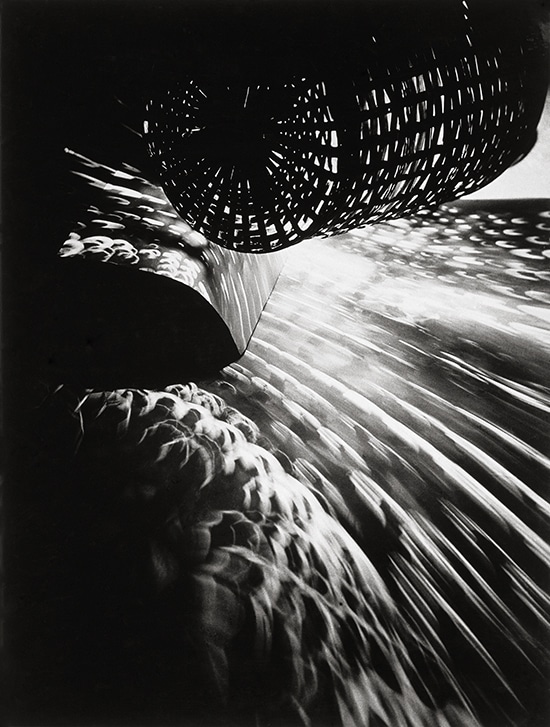
Be that as it may, two things were clear in 1993. First of all, Hausmann became seriously interested in photography because it was the only way of loosening the grip of the norms he had denounced in that text in 1921. He was interested in photography and practised it in order to overcome the psychological mechanisms of aesthetic appropriation, and to transform a technique whose purported objectivity generally produces merely a falsification of perceptual and spiritual experience. Ultimately, photography for him was like language, both the worst and the best of things. This analogy, indeed, may explain why it was that, parallel to his photography, he engaged in a practice of experimental writing that led to Hylé (written between 1933 and 1958). In her postface to her translation of this novel, Adelheid Koch-Didier mentions a note from 1963 (23.2.63) which begins as follows:
Language, when it was possible to free it from gesture and stammering, was wholly subservient to the human ambition to dominate things and objects and to classify them; where its irrational, pre-logical and spontaneous articulation was emotional, now it was transformed into a method that could be used to take possession of the environment.
Secondly, although he had lived in Berlin and taken part in Dadaist activities in that German (Prussian) and cosmopolitan city, Hausmann had always been wary of metropolitan culture. As I tried to explain in the 1994 essay, he systematically avoided getting involved in the celebration of the modernist, industrialised and Americanised metropolis. On this point he was close to the Hungarian Brassaï, who preferred Paris to Berlin, the city of Atget and Surrealism to the capital of Constructivisms. Hausmann lived in Paris for a few months but he did not settle there. When in Berlin, however, he did not mine the vein of popular life represented by the Berliner Atget, Heinrich Zille.
In the 1920s, finally, Hausmann was the only one of the Berliner Dadaists to take seriously the kind of straight photography practised by August Sander and Albert Renger-Patzsch, among others; he was the only one to think simultaneously in terms of recording, description, and contemplation. He became interested in photography when he turned away from Berlin life. Having interpreted urban life in his collages (such as Tatlin at Home, 1920), he turned his back on the Big City.
Of all the Dada and Constructivist artists, he was the only one to oppose the idea of the Großstadt, and to do so without buying into the imaginary of Great Nature or the idealisation of the countryside, as found for example in Albert Renger-Patzsch. The Großstadt was the magnetic image for modernist (progressive) German artists during the 1920s. But it was also the bugbear of the ideologues of the Heimat, that is to say, of the ideal of a vernacular nature as country of origin, land of birth. Hausmann did all he could to avoid this bipolarisation. He wanted to experience “spiritual reality” (the expression appears in “We Are Not Photographers”) without having to be caught in a vice. Hausmann uncompromisingly advocated contemplation against the compulsion of aesthetic appropriation. Once again, this, it seems to me, is the basis of any photographic ethics.
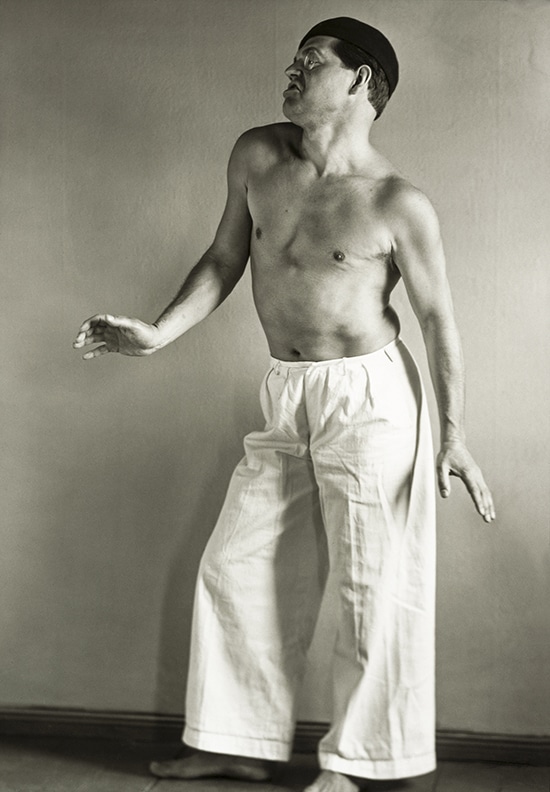
We now come to a second enigma. How did this admirable propaedeutics cohabit with the man’s extraordinarily egocentric and somewhat exhibitionist character? Vera Broïdo has described “how loving and easy Hausmann became the moment he picked up the camera.”((Nik Cohn, “Raoul Hausmann et Vera Broïdo, ma mere,” in Raoul Hausmann. Photographes, 1927-1936, Cécile Bargues (ed.), Cherbourg: Le Point du Jour / Paris, Jeu de Paume / Rochechouart, Musée Départemental d’Art Contemporain, 2017, p. 253.)) Nik Cohn, his son recalls:
She loved to describe Hausmann’s way of dancing, his way of choosing an object at random – a chair, a vase, a pebble on the beach – and then improvising a dance around it, sometimes for hours on end. For her it was when he was dancing, or when he was taking photographs, that Hausmann could be seen at his most sensitive and human, without that compulsive need to dominate that he could show at other moments.
Hausmann’s relationship with Vera Broïdo stimulated and crystallised his interest in descriptive photography. They met in 1927, the year he took up the medium. For him, contemplation was a sublimated form of eroticism; it made it possible to diffuse the experience of the beloved body in the environment, to make erotic metaphors visible in the morphology of the landscape: the folds, the undulations, the quivering of nature. This erotic dimension of contemplative experience was his means of access to photographic lyricism.
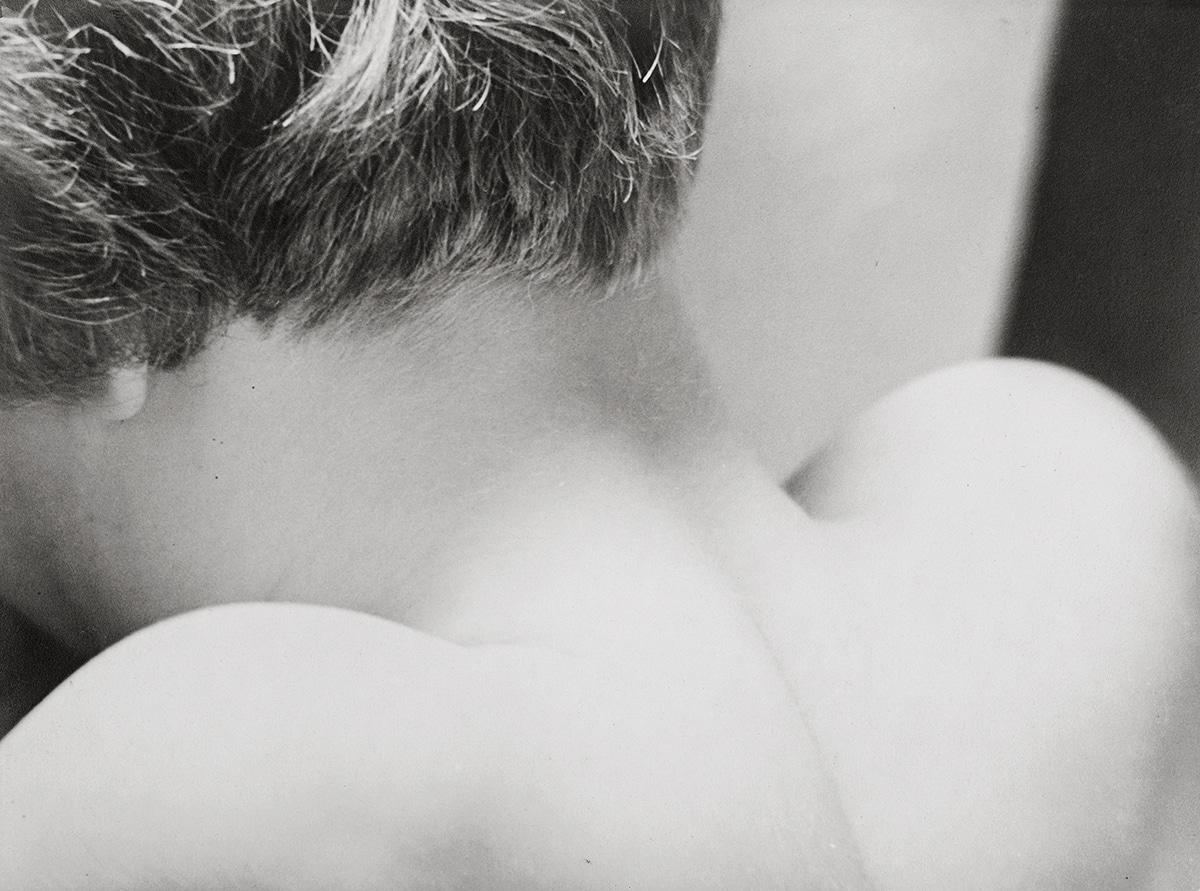
We must also make allowances for the degree of self-idealisation that accompanied the mechanism of sublimation. Hausmann had forged an exalted self-image, by virtue of which he could consider that true lyricism was necessarily bound up with protest, opposed to the social status quo, or one with the common experience – or, better, both at the same time. He was certainly convinced that true lyricism must be shared, a commonality, free of idiosyncrasy. This was in keeping with his expansive idea of himself. In Berlin, he rejected the pathos of expressionism (as did all the Dadaists) and cultivated the indifference of the dandy. After Dada, he was, with Hans Arp, Ivan Puni and Moholy-Nagy, one of the authors and signatories of the “Call for an Elementary Art” that was published by De Stijl in 1921. His interest in photography stemmed from the same logic.
Contemplation and lyricism communicate in the same way as image and word. Insofar as it overlaps with attention, contemplation can contribute to the development of knowledge. This purpose underpinned the anthropological enquiry carried out in Ibiza. As for lyrical speech, in the German language it had been imbued with philosophical speculation ever since early Romanticism. This is borne out by Hausmann. In Hylé he recognises his own “hypertrophy of the self.”((The formula appears in a letter addressed to Augustin Tschinkel on 6 March 1963, quoted by Adelheid Koch-Didier, in “La poésie a pour objet le MOT” (“Raoul Hausmann, écrivain”), Cahiers Raoul Hausmann, no. 1, Musée Départemental de Rochechouart, 1997, p. 78. This letter came very shortly after the note of 23 February on language.)) But he was wary of idiosyncratic particularities. He tried to grasp a shared reality.
The solution was myth, mythical form, which was expected to disorient and reorient the mechanism of “overcompensation” decried in 1921. Mythical form made it possible to integrate idiosyncrasies in order to attain a lyricism of the common (this was Joyce’s great stroke of genius). Founded on the observation of animal behaviour, and in particular the sense of orientation of bees, Hausmann’s Optophone was linked to the project of establishing new relations of the body that would make it possible to integrate eccentric sensoriality with optical drives. Hausmann was not the first to try to reconcile the mythological imaginary with the scientific study of psychosensorial phenomena.

But, for an artist who was trying express himself in the first person by allowing other voices to enter without forcing his own, myth was a form of biographical construction or reconstruction. When he was photographing a landscape, Hausmann thought in terms of “lived space,” he thought of what Pierre Kaufmann called “the emotional experience of space.” This experience, which involved the personal body and proprioception, in other words an infra-visual perception, could be danced: Hausmann saw himself as a dancing artist-philosopher. But once it encounters an object and is inscribed, written or photographed, the proprioceptive experience acquires a visual (and “objective”) form and takes a literally bio-graphical turn, with “bio” designating life in general as much as a given life in particular. Mythology is then an individual matter as much as a form of collective representation. This is legible in Hylé, but also in the photographic corpus (and the word corpus is fully resonant here).
With Hausmann, photographic description is also psychobiography. We can distinguish two salient motifs, corresponding to the two periods of the photographic corpus: the shore and the house, that is, the dunes of the island of Sylt and part of the Baltic coast (Jershöft, now Jaroslawiec in Poland), and then the peasant house in Ibiza. Two other, more limited motifs carry a stronger symbolic charge, in that both refer to the idea of photography as a writing of light. These are the plant or wild grass, which expresses the vivacity of the vegetal world governed by heliotropism, and the peat bog, that is to say, damp earth, which condenses an almost allegorical figuration of the gestating photograph. The peat bog is the cauldron of light: light crackles, the water becomes living fire.
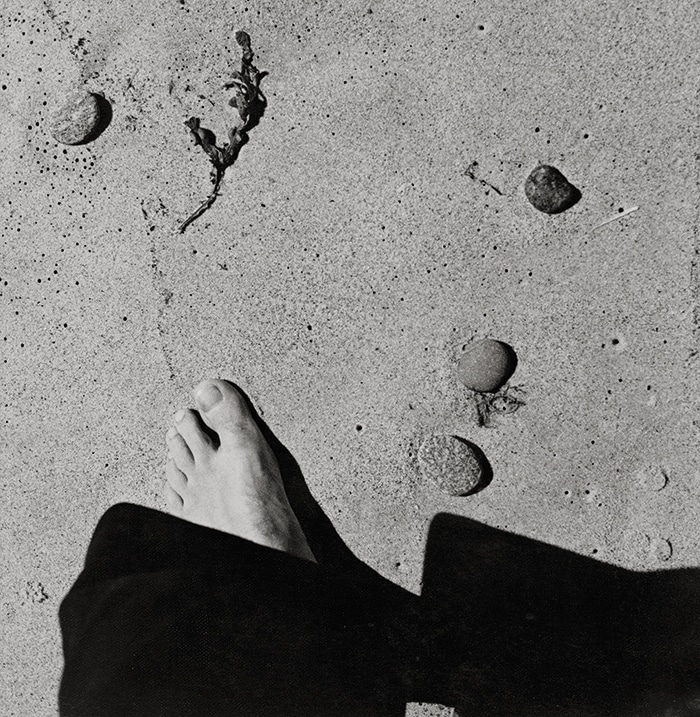
The shore, or littoral, is the encounter between land and sea. It is also, as Lacan pointed out, and as we find in the declension given by Joyce in Ulysses, literal, letter and litter, the latter word meaning both bedding (the beach where one lies on the sand) and debris, detritus (all the things the sea washes up on the beach). As for the house, linked to the idea of the shelter, one of the finest evocations of this given by Hausmann is an invocation, a verbal action (rather than an image): it is in Hylé, his poem to Ca’n Palerm, in which we read:
Sala so white, shell so high
Calcareous shell where life works
[…]
Ancient sea, undulating water
The Cambrian rivers
flow in to Gal
spread in Ca’n Palerm:
descend, column of air
into the shadows
of the maternal womb
[…]
Block of ice, cube of dream
of piso, built in
eighteen hundred
and thirty four
Your calcium cool, serene
on two floors
Place of life, dream life […]((Translated from Raoul Hausmann, Hylé. État de rêve en Espagne (Hyle. Ein Traumsein in Spanien), translated by Hélène Thiérard, Dijon: Les Presses du Réel, 2013, p. 134.))
A century’s distance, 1834 for 1934; the house-shell as the ideal of an architecture on the scale of the body (Francis Ponge comes to mind), but also the geological remoteness, the invasion of the immemorial flux: these contradictory elements partake of the novel’s mythic space-time, insofar as the function of myth is to bind together contraries. In response to the “hypertrophy of the self,” the invocation of the dreamed living place allows for the lyrical expansion of the subject in the metaphorical deployment of proprioceptive experience.
Obscurity and returns are inscribed in a biography transformed into personal myth. Hausmann had set out to reinsert a “forgotten island” into history. He travelled there to flee the Nazi terror. But the nightmare of history caught up with him, and he in turn underwent the ordeal of being forgotten. Concentrated on the period 1927–1936, the photographic corpus constitutes a kind of island (and a partially engulfed territory) in a history of the avant-gardes between the wars. In the end, Hausmann’s relevance can perhaps still be contained in the one question: is a human being an island?
Jean-François Chevrier
Translated from French by Charles Penwarden.
Jean-François Chevrier is an art historian and curator who has been a professor at the École des Beaux-arts, Paris, since 1988. The author of numerous essays on the relations between art and literature, modern art (including photography) and art since the 1960s, as well as public space and architecture, he has also worked closely with a great variety of artists. Les Éditions L’Arachnéen have published seven volumes of his writings, including L’Hallucination artistique. De William Blake à Sigmar Polke (2012) and Œuvre et activité. La question de l’art (2015). Recent exhibitions: “Formes biographiques” (Museo Reina Sofía, Madrid and Carré d’Art, Nîmes, 2014-2015) and “Agir, contempler” (Musée Unterlinden, Colmar, 2016).


